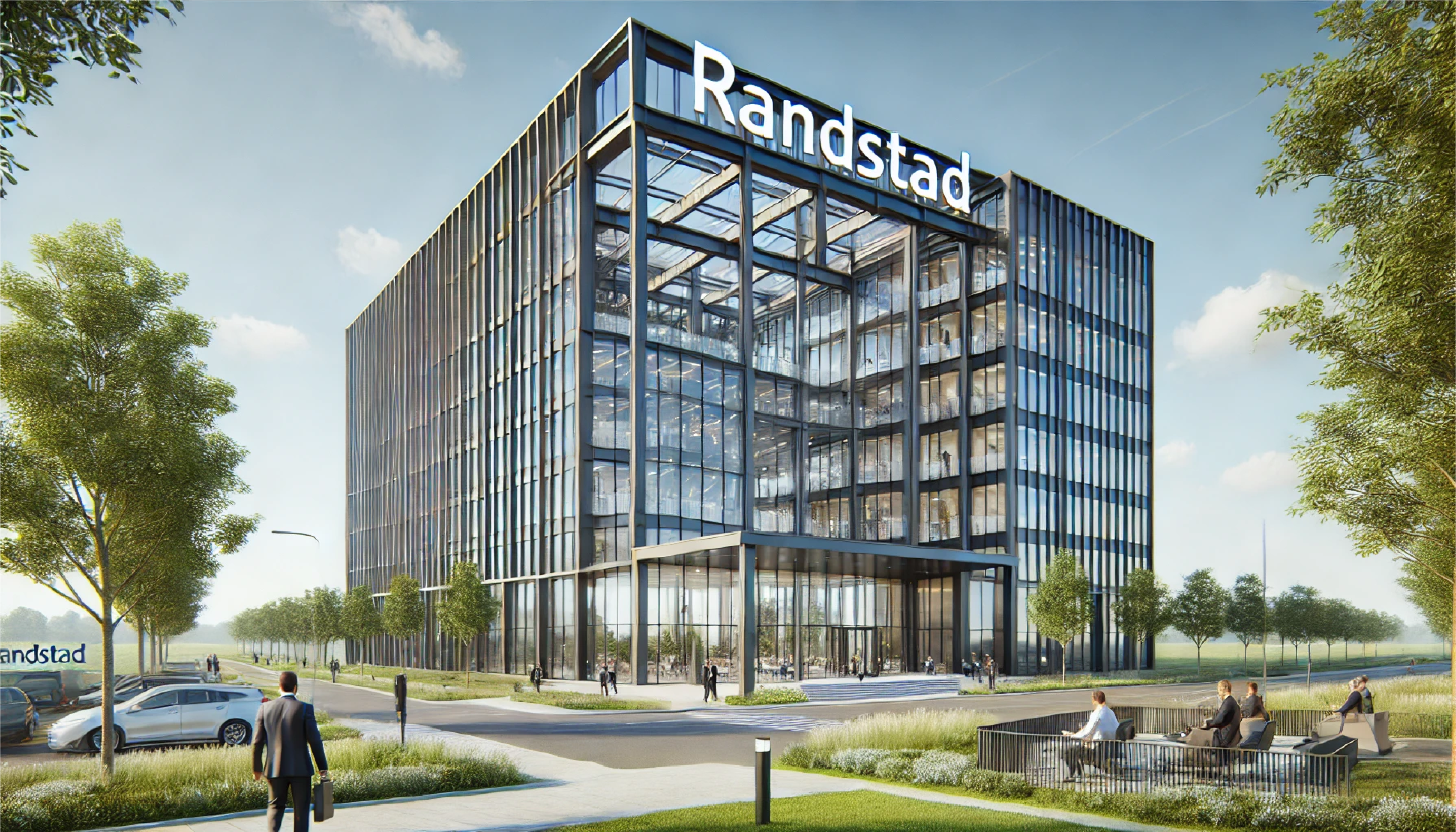HR services giant Randstad Global collaborated with Xomnia to validate their organization-wide data architecture and set the right foundations for their end-to-end data analytics platform, the Analytics Hub.
The collaboration helped demonstrate the potential value of the Analytics Hub to different stakeholders across Randstad, ensuring organization-wide support to advance forward. Upon the completion of the collaboration, we designed and deployed advanced data models and analytics workflows. This gives Randstad the technical execution roadmap necessary to become self-serviceable and easily build and expand on the existing hub.
"The Analytics Hub is foundational for the future deliverables of the Global Talent Insights team. Ozan and Andy bring a lot of expertise to our team and have supported us with strategic planning as well as hands-on support, resulting in a strong and agile framework." – Ronald Leenstra, Global Digital Analyst at Randstad
Challenge
Randstad Global, which provides HR services in 39 countries, is working on centralizing its global structure through a data platform known as the Analytics Hub.
As a large, structurally distributed company, however, Randstad needed help to ensure that they are on the right direction with their architecture. They also needed expert advice to choose between the different alternatives to build their analytical foundation thereafter.
The client approached Xomnia to successfully achieve this with help from our consultants.
Solution
Xomnia’s Data Architect Ozan Dogu Tuna strengthened the client with his expertise, bridging the gap between several stakeholders, from C-level management to enterprise architects to IT and global analytics teams, among others.
As a first step, Ozan helped the IT team validate their architectural solution for the Analytics Hub, providing the necessary feedback to ensure that it will take the client in the right direction. He ran surveys to ensure that the architecture will meet the expectations of the client’s management and analytics teams. His efforts ultimately helped convince different stakeholders that the current data architecture is indeed scalable and future-proof.
Moreover, Ozan helped implement some improvements that enabled the first piece of architectural foundation to go into production. He also implemented some simple demonstrative use cases on top of the Analytics Hub to convince the C-level management that this project is worth investing more on.
Examples of use cases that can be applied to the Analytics Hub are a funnel that goes all the way from a job posting to hiring, to track the experience of a talent, and to have an end-to-end analytical overview of the whole recruitment process. Another use case involves achieving a global supply and demand overview per country, per sector, and per region. This gives a global idea of supply and demand of talent based on job application data.
Last but not least, our data architect also prepared a technical roadmap for the client to define what they need to do for four to six months to complete the data foundation within the Analytics Hub to deliver more business value out of it.
Throughout the project, Google Cloud Platform’s BigQuery was used as the data warehousing environment and Analytics Hub as the data catalog tool. DBT was used as the data extraction and transformation tool. Together, these tools formed the first foundation for Randstad’s Analytics Hub.
Analytics Engineering support
Building on the foundational work by Ozan, Analytics Engineer Andy Ho is leading the next phase of the project to enhance Randstad’s data framework. He is ingesting additional data from source to mart, such as Google Ads and Universal Analytics 360, ensuring secure data storage and transformation for future analysis. He is simultaneously strengthening the integration of Google Analytics 4 (GA4) data sources to ensure a comprehensive and cohesive data environment.
Our approach included scoping priorities, assessing feasibility, and developing a comprehensive roadmap for each data source. Using tools like BigQuery, Analytics Hub, and DBT, we built robust data pipelines to ensure seamless data ingestion and transformation, while addressing unique country-specific challenges.
Overall, this initiative resulted in a unified data framework that supports comprehensive campaign analysis and decision-making. It also ensures data continuity and provides enhanced insights through a holistic view of integrated data sources.
Transform data into meaningful and actionable insights with Xomnia
Impact
Upon the completion of this project, Randstad got the first layer of its data foundation in production with a clear plan ahead. Analytics Hub gained the confidence of higher management as worthy of the investment by visualizing the value that it can deliver.
On top of this architecture, we helped create and deploy some use cases on the Analytics Hub to help business intelligence analysts, among others, understand the talent funnel, from bottlenecks to points of improvements to future projections. These use cases can help the client achieve the necessary analytics to paint a whole picture of recruitment and talent-related trends worldwide.
As Randstad’s architecture continues to grow, Analytics Hub will form a nod in the mesh of many similar, interconnected data platforms that will help unify their global divisions.


